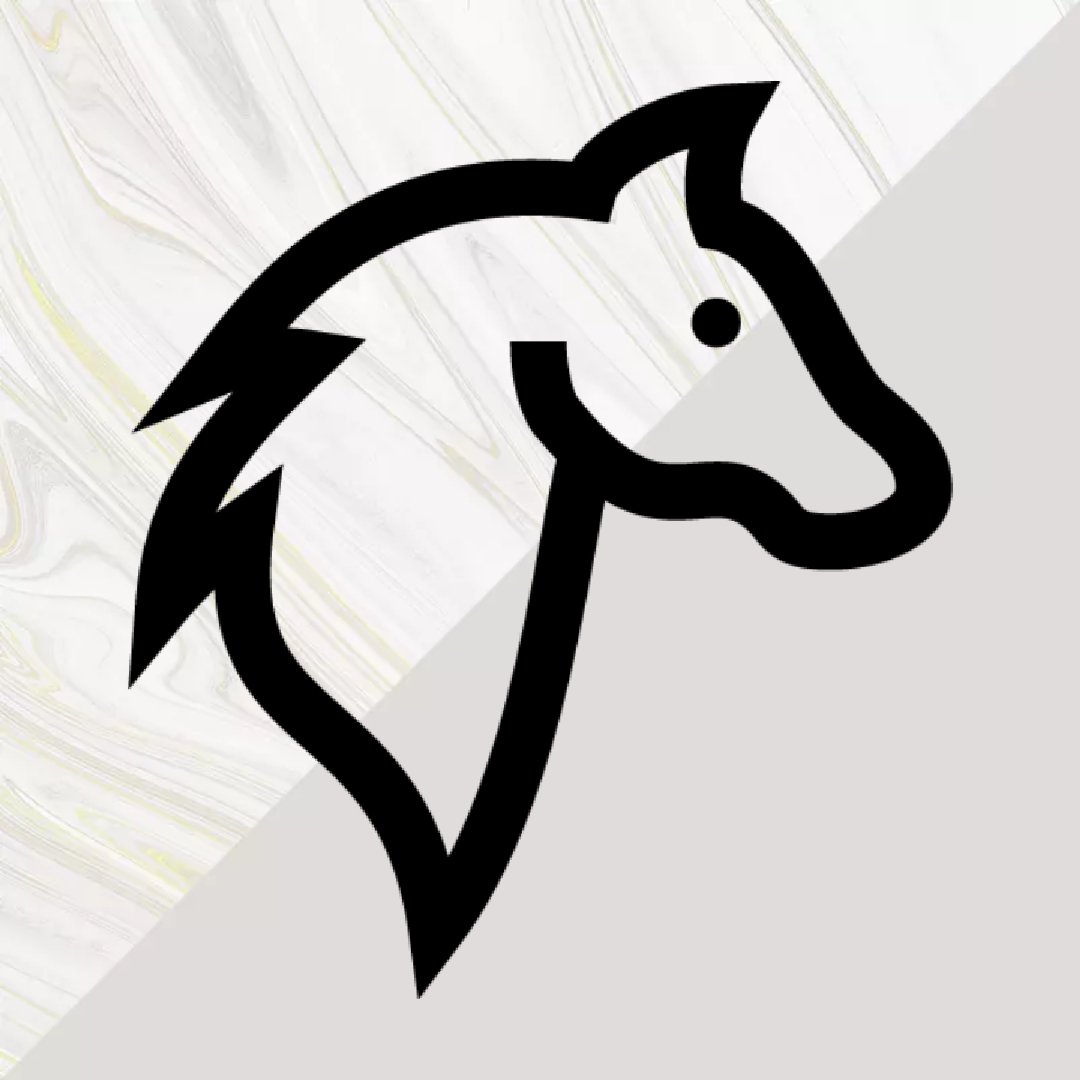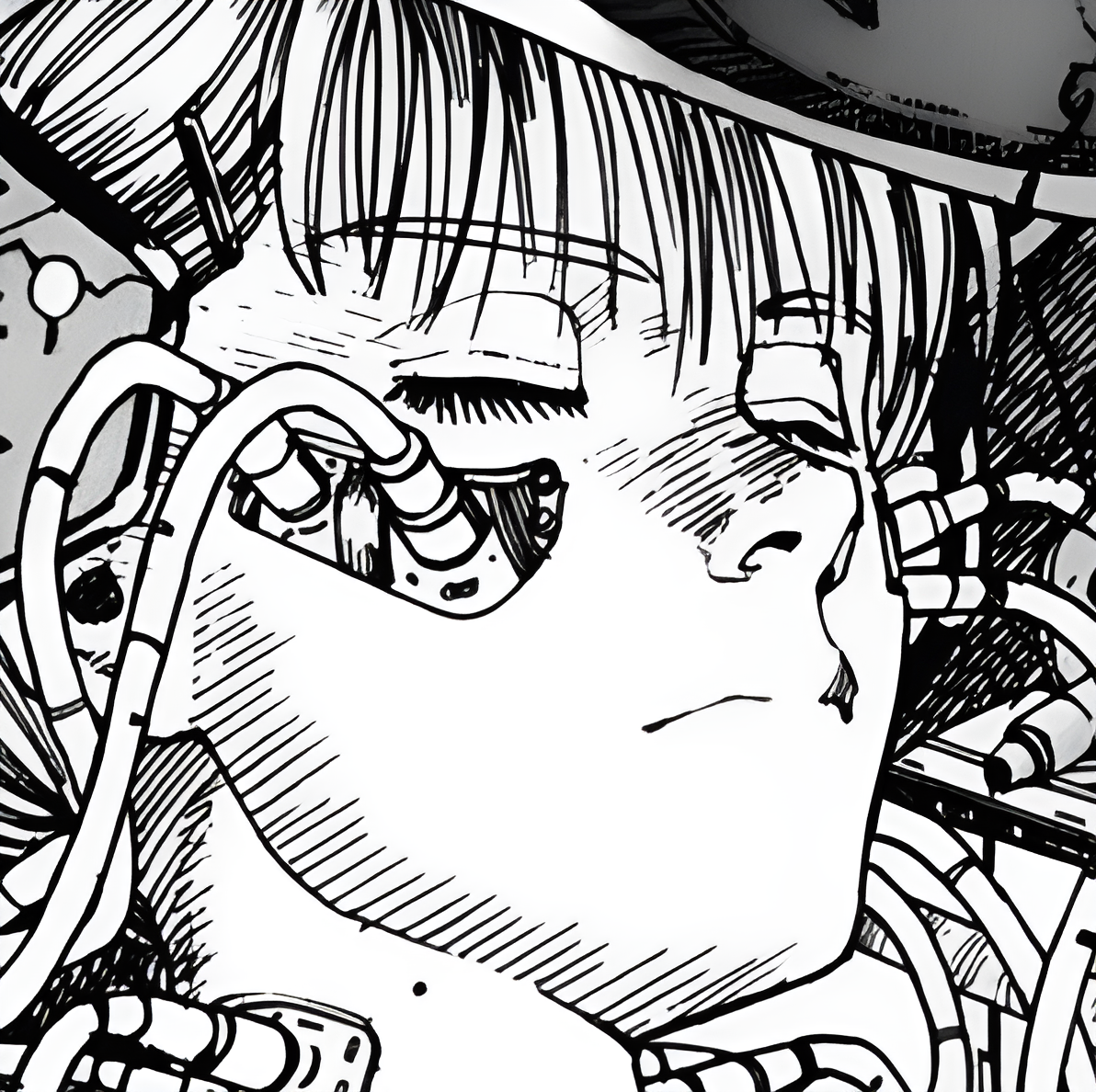I want to talk about our gateway products to open source. You know, that one product or software that made us go, “Whoa, this is amazing!” and got us hooked on the world of open source.
What made you to jump ships? Was it the “free” side of things like qBittorrent? Did you even know that some of your programs are open source before you got into the topic?
For me those products were:
- Android
- Firefox
- VLC
- Calibre
Am thinking to order some merch and I wanna make it more accessible to people unfamilliar with open source culture. Now, am looking for fairly normalized but still underrepresented product – maybe it could serve as a conversation starter and push some people to open source
deleted by creator
Man, that’s a rough entry point. I’ve been waiting for GIMP to get good for decades, and I’ve accepted now it’s probably not gonna happen.
You’re such a disappointment, GIMP. Blender is right there, why can’t you be more like Blender?
If you’re still looking, try Krita, it’s a polished and powerful open source image manipulation program.
I’ve tried Krita, but it’s primarily a painting tool, not really a Photoshop alternative for other tasks. It’s very solid for what it’s meant to do, though.
Makes sense. I never used Photoshop, so I don’t know how it compares. It’s been good enough for my needs so far.
deleted by creator
Yes, I’ve tried Krita. Krita is great. Go Krita. Krita is a painting program, though, not a full Photoshop replacement.
As, you know, we said in the post right above this one.
That was a different person
deleted by creator
I think I’m blissfully unaware of what a good photo-editing software looks like since I’ve used GIMP for almost everything. I might struggle with an app that’s good actually, because I’ve learned in one that I’ve heard many times is hard to navigate.
Hah. Yeah, I guess it sucks having learned Photoshop before it was an outright scam, because there is no good alternative.
Let me caveat that: there’s actually great art software that’s either cheap or free and there are many basic quick photo editing apps. But broad image manipulation and in-depth photo editing? It’s GIMP or nothing, and GIMP is definitely not it.
Note that for vector graphics editing, Inkscape is really good. That doesn’t help you if you need to edit photos, though.
Yeah, it’s just that specific hole in the landscape where GIMP has become the default and nobody else is doing better despite being the part of the ecosystem that Adobe holds with the tightest grip. It’s extremely annoying.
I actually did use Paint.net at one point as well, because there was an improved format that GIMP just straight up didn’t support, so at one point I was creating textures for my mods in GIMP, then opening the files in Paint.net and exporting them again lol
To be fair, I’m not a graphic designer, but I did have to learn about things like using layers to create glow maps, so GIMP worked just fine for a scrub like myself, but I can understand for anything more serious it would have some limitations
Not a graphic designer either, so I also use it for, say scanning documents and stuff like that. But I’ll be honest, if it takes more than that I’ll often just load into some mobile app meant for the edit I need to make just to avoid GIMP’s backwards UI.
My biggest grip with mobile apps, even for simple edits, is that none of them seem to support layers. I understand maybe it’s a performance thing, but it sure would be nice to be able to do some very basic things in a pinch when I’m away from my laptop or PC.
Edit: *gripe
Yep. You either get the features but not the depth in mobile apps or the depth but not the features on GIMP.
It genuinely sucks. Because it’s not that the technology is proprietary at Adobe and can’t be replicated. Like I said, Blender holds up to the best of commercial software and it’s just as free. It’s that the GIMP guys haven’t quite found their way to that qualitative jump Blender took.
Slackware V3.1 in 1996. I bought a thick reference book that came with the installation floppies. Installed to an IBM Aptiva, forget the model and processor.
Likely not the best for merch: my first FOSS soft was DJGPP, in the DOS era. Tried to use BSD before that, but it was like 200 floppies, and never got it to work.
The thing that fully sold me though, was installing some drivers on RedHat 5.1, and seeing how “they recompile themselves! 🤯”… so dunno, was it rpm? make? gcc? kbuild?.. hard to tell now.
Next thing was getting a second PC, installing a bare bones system, going into bash,
ls /bin, and goingman [everything].I might still have some “man bash” stickers somewhere, used to have them on a few laptops over the years.
Linux. I signed up with my first proper ISP as a kid in the '90s. The service included a shell account on their Linux server accessible by telnet. I thought it was really cool and decided to see if I could run it on my own computer, and to my delight, I could.
Android. I grew up with old phones where you chased the new trend but you always lost something or you where limited to what manufacturer’s limited idea. This one has good ring tones. this has amazing camera. This got real games. This one has music buttons. This one has apps(not really apps but back then impressive for a phone)
Updates did not exist what you got in box was what you got. suddenly this device comes out where you could do anything.
I could install real Linux, community supported software and made it better. This was my gateway because why should I accept to pay money when the moment I given you money you moved on and forced me to buy next stuff but forgot the great things you done?
For me-
- Linux
- F-Droid
I came across Linux sometime in the late 90’s. It was free (as in pricetag, which is all I cared about at the time) and different so I was curious. The PC I was using wasn’t mine so repartitioning wasn’t an option but I found some ready to go boot from dos linux distro and gave it a go. And I loved it! And still do.
Same. I remember someone telling me about a group of people developing an operating system and giving it away for free because they didn’t like Windows. The idea seemed absolutely wild. It was enough to pique my interest so I bought a box with RedHat 5.2 discs and a book.
Remember the six CD sets from Walnut Creek?
You know, I never really came across them, which is surprising in hindsight. And in looking them up, I feel like I missed out!
My first contact to FOSS were probably Firefox, Open Office (before libre office existed) and Gimp.
Slackware. Just before I started college I was sent the list of baseline requirements for comp.sci classes. Windows 95 or Windows NT, Visual C++, and a serial connection. I didn’t have the money for '95 or NT; I was still using an 80486 with four (just before moving on campus, I traded up to eight) megs of RAM and wasn’t in a position to get a new box (though I did drop pretty much my entire discretionary budget for the next two years into a one gig hard drive, which got me all the way through undergrad). However, there was a BBS in my NPA called Monolith, which was basically a Slackware Linux box with two dialup lines running homebrew BBS software. The sysop let me download the boot, root, A, D, and N disk sets (one floppy at a time - it took weeks) and helped me set up a basic Slackware machine. Once I got up to school I was able to set up a serial connection (and later, talk the building into lighting up my floor’s ethernet lines). The rest, as they say, is history.
Android and Firefox. GIMP is also amazing… Krita is one I found recently
I think it was Okular. I was looking for a way of editing PDFs without ads, invasive software, or subscription based payments.
Gaim.
GIMP and Mozilla Browser were a couple of my early ones as a Windows user, but I probably saw those as worse, or at least less polished, versions of other software. Gaim (later Pidgin) was the one that first made an impression on me.
AIM was important software — it basically was social media to me at the time — and I’d stumbled into using third-party add-ons (for example, DeadAIM) for the official AIM client to add extra features and block the in-app ad banner. But it was always a cat-and-mouse game where AOL would try to block add-ons and the developers would have to work around that.
Gaim was refreshingly immune to all that stuff… it simply didn’t support ads, and all its advanced features were built-in. That it supported other messaging protocols was a nice surprise too, and to this day has soured me on siloed, proprietary messaging apps. The GTK UI also looked and felt a little exotic on Windows XP.
When I finally moved to Ubuntu, having apps like Gaim, Firefox and GIMP ready to go made things pretty comfy.
OpenFOAM. I needed powerful software to do CFD that was free, as in free beer, and found OpenFOAM. To run it on windows, the installation instructions first step was install linux on a vm then follow the linux installation instructions. I did that and started using the vm for other stuff until I found myself using the vm for most tasks, but kept using windows for gaming. To learn more, I got myself a pinebook, which replaced most of the usage of my vm. When windows decided to self destruct, I had learnt enough to install and configure arch with minimal help. Now, nothing can persuade me to go back.
OpenTTD. Sure, I had used android, but it was the first thing I consciously knew was open source and enjoyed.
Ubuntu 9.04. Jaunty Jackelope in 2009. Started by dual booting my Windows laptop. XP mainstream support ended that year, and I didn’t want to upgrade to Vista, nor could my laptop handle 7.
My experience is basically the same as this. I’d had a disappointing experience installing Linux Mandrake years earlier, but Ubuntu offered everything I needed.











